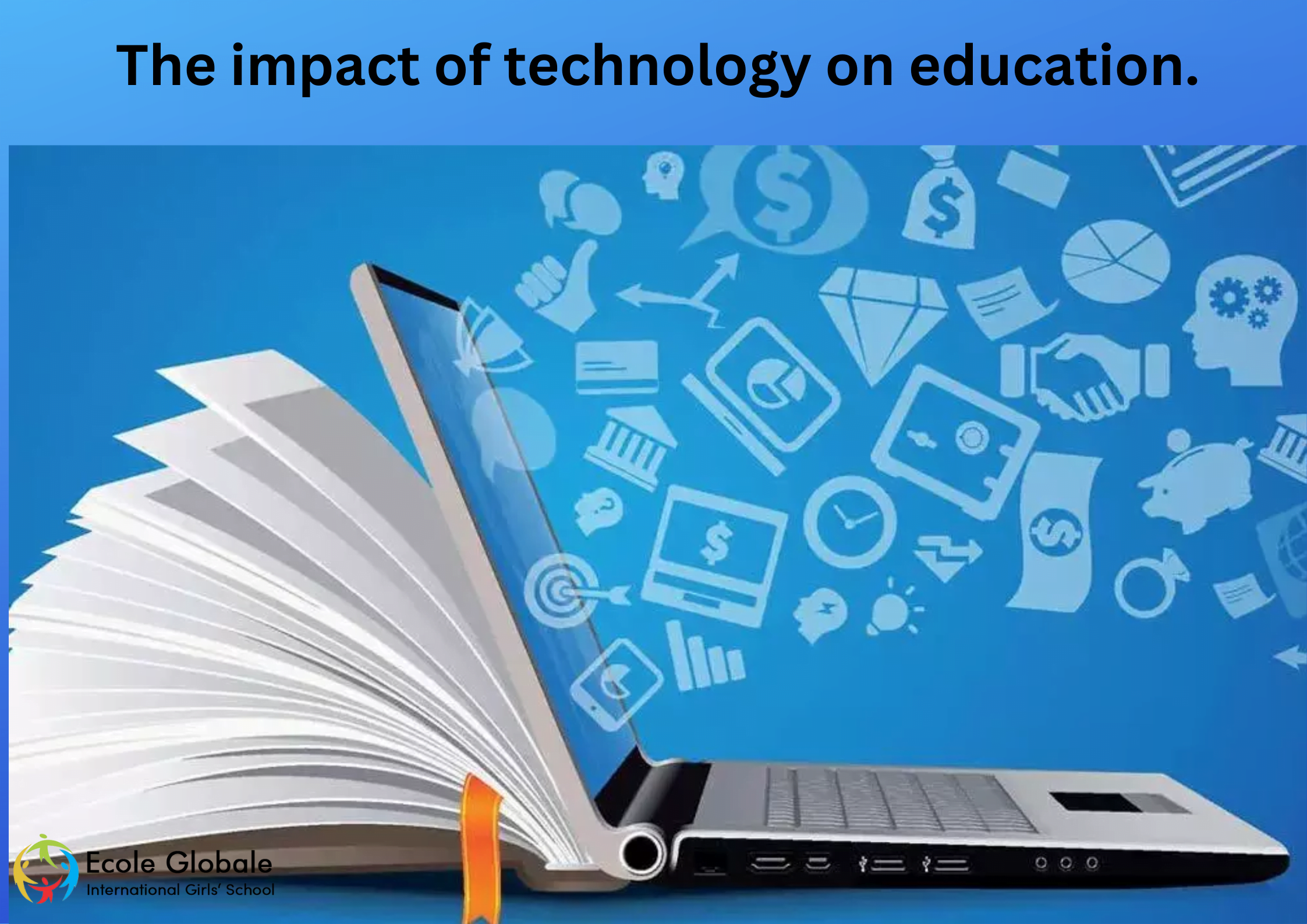
Introduction to Global Education Trends

Education is a powerful force that shapes individuals and societies alike. As we look beyond our borders, it’s fascinating to explore the global education trends influencing classrooms around the world. Different countries are innovating and adapting their teaching methods, harnessing technology, and addressing unique cultural challenges. Each approach offers valuable lessons that can inspire educators everywhere.
From Finland’s emphasis on student well-being to Singapore’s rigorous curriculum, every nation has its own story of success in education. By examining these diverse strategies, we can gain insights into how best to prepare future generations for an increasingly interconnected world. Join us as we journey through the evolving landscape of global education trends, uncovering what works best across continents and cultures.
Top Trends in Education Around the World

Education systems worldwide are undergoing a transformation. One notable trend is personalized learning, which tailors education to individual student needs and preferences. This approach encourages self-paced progress, fostering deeper understanding.
Another significant trend is the integration of social-emotional learning (SEL). Schools recognize that emotional intelligence plays a crucial role in academic success. SEL programs help students develop resilience and interpersonal skills.
Additionally, project-based learning is gaining traction globally. Students engage in hands-on projects that promote critical thinking and collaboration. This method mirrors real-world scenarios, making lessons more relevant.
There’s an increasing emphasis on environmental education. As climate change becomes pressing, schools teach sustainability practices to inspire future generations to take action for the planet’s health. Each of these trends reflects the evolving landscape of education across countries, adapting to meet contemporary challenges while preparing learners for tomorrow’s world.
The Impact of Technology on Education

Technology has transformed education in profound ways. Online learning platforms have surged, allowing students access to a wealth of resources at their fingertips.
Virtual classrooms break geographical barriers, making it possible for learners from different countries to connect and collaborate seamlessly. This global interaction enriches the educational experience.
Interactive tools like gamification engage students in unique ways. They promote active participation rather than passive absorption of information.
Moreover, artificial intelligence personalizes learning paths, catering to individual needs and paces. This customization helps every student thrive according to their strengths.
However, it’s essential to address disparities in technology access among various regions and socioeconomic backgrounds. Ensuring that no one is left behind should be a priority as we embrace these advancements.
As educators adapt to these innovations, they reshape traditional teaching methods into more dynamic approaches suited for today’s learners.
Cultural and Socioeconomic Factors in Education
Cultural and socioeconomic factors play a crucial role in shaping education systems worldwide. In many countries, traditions and values influence teaching methods and learning styles. Understanding these cultural nuances can enhance educational effectiveness.
Socioeconomic status also significantly impacts access to quality education. Families with limited resources often struggle to provide their children with the necessary tools for success, such as books or technology. This disparity creates an uneven playing field.
Moreover, language barriers can hinder students from fully engaging in lessons. In multicultural societies, educators must adapt their approaches to accommodate diverse backgrounds.
Communities that prioritize education tend to see better outcomes for their students. Supportive environments foster motivation and growth, allowing individuals to thrive despite challenges posed by socioeconomic factors.
Recognizing these elements is essential for creating inclusive educational strategies that cater to all learners globally.
Innovative Teaching Methods and Approaches

Innovative teaching methods are reshaping classrooms globally. Educators are embracing creativity and flexibility to engage students effectively.
One popular approach is project-based learning. It encourages learners to tackle real-world problems, fostering critical thinking and collaboration. This method allows students to take ownership of their education.
Flipped classrooms are also gaining traction. In this model, traditional lecture content is delivered online, freeing up classroom time for interactive discussions and activities. Students benefit from personalized learning experiences tailored to their needs.
Gamification brings an exciting twist by incorporating game elements into lessons. Points, badges, and competitive challenges motivate learners while making education enjoyable.
Blended learning combines various instructional strategies—online resources paired with face-to-face interactions create a dynamic environment that caters to diverse learner preferences. As these innovative methods spread across the globe, they redefine what it means to educate in the modern world.
Challenges and Solutions for Implementing Global Education Trends

Implementing global education trends often encounters various challenges. One primary issue is the disparity in resources among countries. Wealthier nations can invest heavily in technology, while developing countries struggle to provide basic educational needs.
Another hurdle is cultural resistance. Many societies have traditional methods of teaching that may not align with modern approaches. This creates friction when introducing innovative practices.
To address these obstacles, collaboration between governments and educational organizations is essential. Sharing best practices can foster understanding and adaptability across different cultures.
Professional development opportunities for educators are crucial too. Training teachers on new methodologies ensures they feel confident in their ability to implement changes effectively.
Additionally, leveraging technology offers solutions for remote areas lacking infrastructure. Online platforms can bridge gaps and enhance learning experiences where physical resources fall short, making education more accessible worldwide.
Lessons Learned from Different Countries
Countries across the globe offer valuable insights into education practices. For instance, Finland’s emphasis on teacher autonomy fosters a creative learning environment. Here, educators have the freedom to design their curricula, resulting in engaged students.
In contrast, Singapore’s rigorous focus on STEM subjects demonstrates how high standards can drive academic success. Their systematic approach cultivates problem-solving skills early on.
Japan showcases discipline and respect within classrooms through group activities that promote collaboration. This social aspect not only enhances understanding but also builds community among students.
Brazil highlights the importance of inclusivity by integrating diverse learning styles and cultural backgrounds into its educational framework. This adaptability ensures no child is left behind.
These lessons reflect that different strategies yield unique successes. Each country contributes to a rich tapestry of global education trends worth exploring for future innovations in teaching and learning methodologies.
How These Trends Can Shape the Future of Education

Education is evolving rapidly, driven by global trends. These shifts promise to reshape classrooms into dynamic learning environments.
Personalized learning stands out as a key trend. By adapting educational content to individual needs, students engage more deeply and achieve better outcomes.
Moreover, incorporating technology fosters collaboration among peers worldwide. Virtual classrooms break geographical barriers, enriching the learning experience with diverse perspectives.
As we embrace project-based learning, critical thinking takes center stage. Students tackle real-world problems, equipping themselves for future challenges.
Cultural awareness also plays a vital role in shaping education’s future. Understanding different cultures cultivates empathy and prepares students for a global workforce.
These interconnected trends lay the groundwork for an innovative educational landscape that values creativity and inclusivity while promoting lifelong learning skills essential for tomorrow’s society.
Conclusion

As we navigate the intricate landscape of global education trends, it becomes clear that each country offers unique lessons and insights. From innovative teaching methods to the integration of technology, these trends reflect a collective effort towards enhancing learning experiences.
The impact of cultural and socioeconomic factors cannot be overlooked. They shape how education is delivered and received across different regions. Understanding this diversity allows us to appreciate the rich tapestry of global educational practices.
Countries worldwide are facing challenges in implementing these trends effectively. However, with collaboration and adaptation, solutions can emerge that not only address these issues but also pave the way for greater success in education systems globally.
Looking ahead, embracing these lessons from around the world can significantly influence future educational frameworks. By learning from one another’s successes and struggles, we foster an environment where all students thrive regardless of their origin or circumstances.
The journey toward improving education continues as nations share their experiences and adapt strategies that work best for their contexts. The exploration into global education trends remains vital in shaping a brighter future for learners everywhere.



Leave a Reply